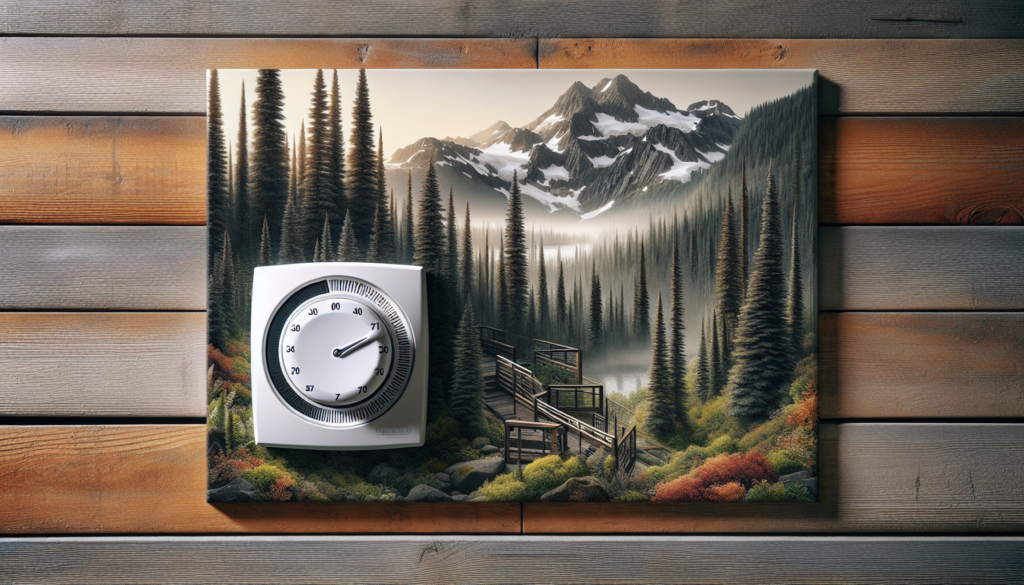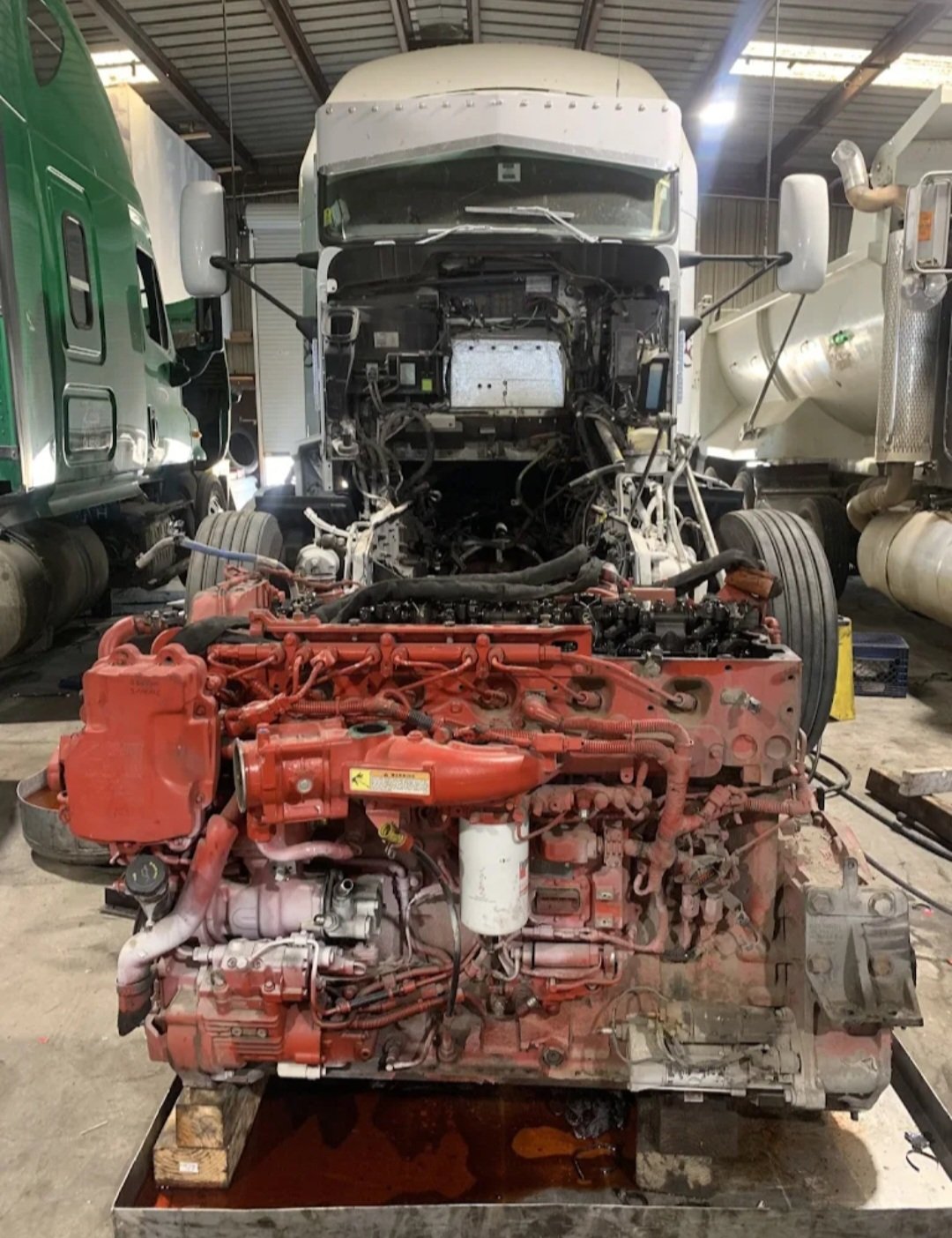
Facing heater issues in your Cascadia and not sure what the culprit might be? It’s possible that a faulty thermostat is to blame. As an essential part of your vehicle, a properly functioning thermostat is crucial for a cozy and comfortable ride, especially during those chilly months. In this enlightening article, you’ll learn about how a defective thermostat could be responsible for your Cascadia’s heating problems, and what measures you can take to resolve them. Understanding these details can empower you to take charge of your vehicle’s health, ensuring its warmth and your satisfaction on every journey you embark on.
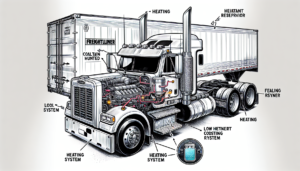
Understanding the Role of the Thermostat in Cascadia Heater Function
The heating and cooling system in your Cascadia is heavily dependent on a small yet crucial part – the thermostat. To understand the potential heater issues of your Cascadia vehicle, you must first have a basic concept of what a thermostat is and the role it plays.
The Purpose and Function of a Thermostat
- Your thermostat controls the heat levels in the engine by regulating the flow of coolant into the engine based on its temperature. When cold, the thermostat remains closed, allowing the engine to reach optimal temperatures quickly. When the engine heats up, it opens to circulate coolant, preventing overheating.
Thermostat’s role in Cascadia Heating Systems
- In the Cascadia heating system, the thermostat’s precise functioning is crucial. It directly impacts the cabin’s heat as hot coolant flowing through the heater core dissipates heat into the truck’s interior. Hence, a properly functioning thermostat is essential for a comfortable and warm cabin.
How a Thermostat Regulates Temperature
- The thermostat’s basic functionality is quite simple. As coolant temperature increases beyond a predetermined level, the thermostat opens to allow circulation through the radiator and dissipate the added heat. This allows the engine to maintain a healthy working temperature and prevent overheating.
Common Signs of Thermostat Failure in Cascadia
- While thermostats are generally reliable, they are not immune to occasional faults. Recognizing these signs can help you address the problem before it affects performance or causes damage.
- Inconsistent temperatures in the cabin, either too hot or too cold, can be a sign of a faulty thermostat. This happens because the thermostat fails to regulate the coolant’s flow, leading to unstable heating output.
Heater Will Not Stay On
- A heater that won’t stay on may indicate a thermostat problem. If the thermostat sticks open, the engine temperature might not reach the optimal level required to produce heat, causing the heater to turn off.
Thermostat Housing Leaks
- Leakage in the thermostat housing could signal a damaged or faulty thermostat. You may notice coolant leaks near the thermostat housing or beneath your vehicle. It’s crucial to address this promptly to prevent further engine damage.
Engine Overheating due to Thermostat Malfunction
- If the thermostat sticks closed, the coolant will not circulate through the engine, causing it to overheat. This is a serious issue and requires immediate attention.

Diagnosing the Thermostat in Cascadia Trucks
Diagnosing the thermostat in a Cascadia truck involves a few key steps. The thermostat is an essential component in regulating the engine’s temperature. Here’s a general guide to diagnose thermostat issues:
- Symptom Identification: Determine if the truck is showing signs of thermostat issues. Common symptoms include engine overheating, temperature gauge reading high, heater not working properly, or fluctuating engine temperature.
- Visual Inspection: Check the thermostat housing for leaks or damage. Ensure the coolant level is adequate and there are no signs of coolant leaks around the thermostat housing.
Testing Thermostat Operation:
- With Engine Off: Remove the thermostat from the truck. This usually involves draining some coolant, removing the thermostat housing, and then taking out the thermostat.
- Boiling Water Test: Place the thermostat in a pot of water and heat it. Observe if the thermostat opens when the water reaches the operating temperature (usually marked on the thermostat). If it doesn’t open, it’s faulty.
- Cold Test: After the boiling test, remove the thermostat and let it cool down. It should close back at lower temperatures. If it doesn’t, it needs replacement.
Reading Diagnostic Trouble Codes (DTCs)
- Modern Cascadia trucks have advanced systems that generate Diagnostic Trouble Codes (DTCs) when problems occur. Reading these codes can confirm or rule out the thermostat as the source of the problem.
Electrical Issues That Mimic Thermostat Problems
- Sometimes, issues that mimic thermostat problems might stem from electrical issues. It’s important to differentiate between the two.
- Faulty wiring or loose connections can lead to inconsistent cabin temperatures or heater performance, similar to a faulty thermostat. It’s important to check these connections to rule out these issues.
Blown Fuses or Relays
- In the heating system, specific fuses and relays control the heater’s function. If these are blown or faulty, they can cause heater problems that seem like thermostat issues.
- Short circuits in the heater or thermostat circuitry can cause them to malfunction or give false readings, both of which can mimic thermostat problems.
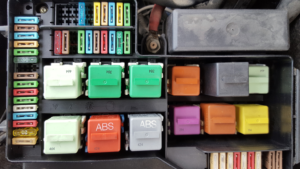
Impact of a Faulty Thermostat on Heater Performance
-
A faulty thermostat can drastically affect the heater’s performance in your Cascadia truck in several ways.
- Reduced Heat Output: A failing thermostat might stick in the open or closed state, impacting the heat output. This could result in your truck’s heater not producing sufficient heat.
- A sticking thermostat can lead to engine overheating (if stuck closed) or reduce engine efficiency and heat output (if stuck open), impacting the overall heater performance. It’s crucial to replace or repair a sticking thermostat promptly.
- Fluctuating Heater Efficiency If the thermostat intermittently sticks open or closed, it might cause the heater efficiency to fluctitate. This can reduce heating performance and potentially damage the engine.
Maintenance Tips for a Healthy Cascadia Heating System
- Maintaining a healthy heating system in your Cascadia is not complicated. Here are a few steps to follow:
- Regular Thermostat Checks: Regular checks can help detect and resolve thermostat problems early before they lead to severe problems. It’s also recommended to replace them at the manufacturer’s recommended intervals.
- Cleaning the Thermostat Housing: Regular cleaning of the thermostat housing can prevent the buildup of deposits and corrosion, which can improve the thermostat’s function and lifespan.
- Replacing Coolant at Service Intervals: Changing the coolant at prescribed intervals prevents rust and corrosion build-up, prevents overheating, and ensures optimal heater performance.
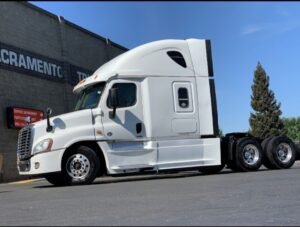
Step-by-Step Guide to Replacing a Thermostat in a Cascadia
Replacing the thermostat in a Cascadia truck involves several steps and requires specific tools. Here’s a step-by-step guide, including the tool sizes commonly needed. However, always refer to the vehicle’s service manual for specific instructions and safety precautions.
Tools Needed:
- Wrench set (sizes may vary depending on the model, but commonly used are 10mm, 12mm, and 14mm)
- Screwdriver set (flat-head and Phillips)
- Pliers
- Drain pan for coolant
- Funnel
- New thermostat and gasket (or seal, depending on the model)
- Coolant
1. Prepare the Truck
- Park the truck on a level surface.
- Ensure the engine is cool before starting the work.
- Disconnect the battery to prevent any electrical issues.
2. Drain the Coolant
- Locate the radiator drain plug and place the drain pan underneath.
- Use pliers or the appropriate wrench to open the drain plug and allow the coolant to drain out.
3. Remove the Thermostat Housing
- Locate the thermostat housing. It’s typically connected to one of the radiator hoses.
- Use the appropriate size wrench to loosen the bolts or nuts securing the housing.
- Carefully remove the housing. Be aware of any residual coolant that may spill out.
4. Remove the Old Thermostat
- Take out the old thermostat from the housing.
- Note the orientation of the thermostat to ensure the new one is installed correctly.
- Remove the old gasket or seal.
5. Clean the Housing Surface
- Clean the mating surface on the thermostat housing and engine block to ensure a good seal.
- Make sure no old gasket material or debris is left.
6. Install the New Thermostat and Gasket
- Place the new thermostat into the engine block in the same orientation as the old one.
- Apply the new gasket or seal. Some thermostats come with a rubber seal instead of a gasket.
7. Reattach the Thermostat Housing
- Place the housing back over the thermostat.
- Reinstall and tighten the bolts or nuts to the manufacturer’s specified torque. Avoid over-tightening.
8. Refill the Coolant System
- Close the radiator drain plug.
- Use a funnel to refill the radiator with coolant. Ensure you’re using the correct type of coolant for your truck.
- Bleed the cooling system to remove air pockets. This often involves running the engine with the radiator cap off and waiting for the engine to reach operating temperature.
9. Check for Leaks
- After filling, check for leaks around the thermostat housing.
- Start the engine and let it reach operating temperature. Monitor the temperature gauge for normal operation.
10. Final Checks
- Once the engine is cool again, recheck the coolant level and top off if necessary.
- Reconnect the battery.
Safety Tips:
- Always allow the engine to cool down before starting the repair.
- Wear protective gloves and eyewear.
- Dispose of used coolant properly as it is toxic.
Performing this maintenance task requires a fair amount of mechanical knowledge and skill. If you’re not comfortable performing these steps, it’s advisable to seek assistance from a professional mechanic.
Benefits of Professional Diagnosis and Repair
Professional diagnosis can usually pinpoint the exact problem faster and more accurately. Additionally, professional repairs usually come with warranties, affording you peace of mind.
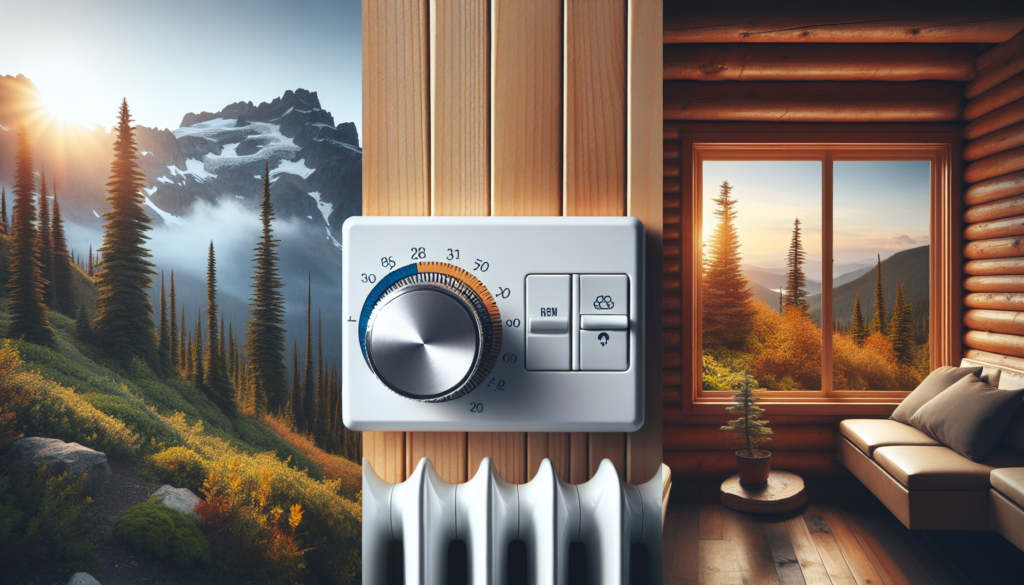
Cost Considerations for Thermostat Repair in Cascadia Trucks
The cost is a significant factor when dealing with thermostat repairs. Here are some things to consider:
Estimating the Cost of Thermostat Replacement
The cost to replace a thermostat generally includes the cost of the new thermostat, any necessary seals or gaskets, and potentially antifreeze.
Labor Costs for Professional Repair
If you hire a professional, they will charge labor costs. Labor can range from one to two hours depending on the complexity of the replacement.
Long-Term Savings from Timely Maintenance
Investing in regular maintenance can save costlier repairs down the line. It’s cheaper to replace a failing thermostat than to fix engine damage due to overheating.
Conclusion: Ensuring Continued Cabin Comfort in Your Cascadia
A reliable heating system is crucial for your comfort in your Cascadia, and the thermostat plays a key role. Regular maintenance of the thermostat and heater system will help ensure your Cascadia continues to provide you with comfortable, safe, and efficient travels.
The Importance of Thermostat Maintenance
Regular thermostat checks help catch potential issues early, preventing them from becoming serious and costly down the line. It is an integral part of your overall vehicle maintenance.
Recognizing the Signs of Heater and Thermostat Problems
Awareness of the signs of heater and thermostat trouble is crucial in resolving them swiftly. Pay attention to your cabin temperature, unexpected coolant leaks, and engine temperature for potential issues.
Creating a Maintenance Schedule for Optimal Heater Performance
A regular maintenance schedule, including visual inspections, thermostat checks, coolant changes, and professional diagnostics, can help maintain optimal heater performance and comfortable rides in your Cascadia.
Remember, precaution and maintenance are often cheaper and easier than repair or replacement. Don’t overlook your thermostat in your routine vehicle maintenance. If you suspect an issue, don’t hesitate, and get it checked immediately. Let your Cascadia provide you with smooth, comfortable, and warm rides all year round!
